I live between two rivers, not far from two substantial lakes, one of which cools a nuclear power plant. As a result, we get fog. Not fog like San Francisco, but reliable fog in the morning when the seasons are changing and air, land, and water may have substantially different temperatures.
Today was a foggy morning. For a while, I couldn’t see the church steeple at all.
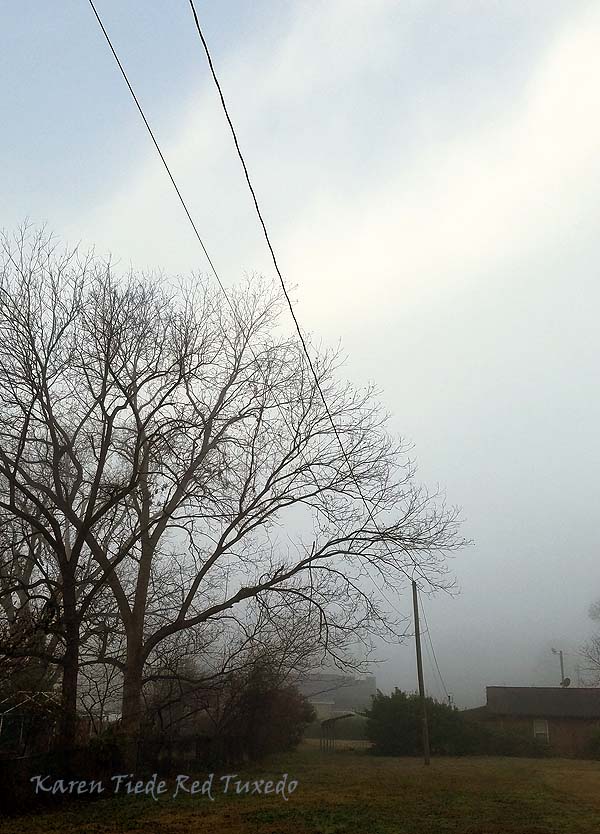
There’s blue sky in the upper left, but I can’t see the steeple.
I know there’s blue sky above me. As the morning shifted, I could even see patches of blue above the church. But I still couldn’t see the steeple.
There are times, especially in the evening, when this familiar landscape looks completely different.
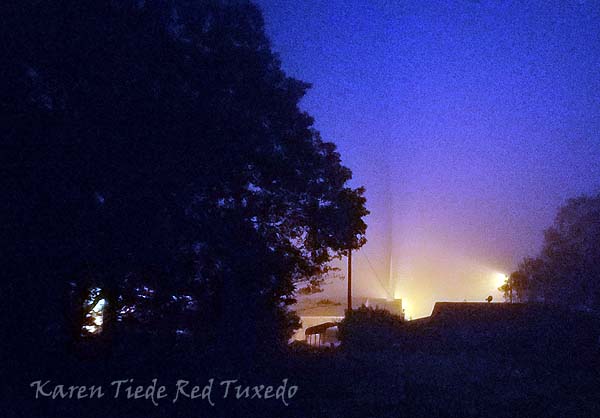
Time of day matters. Fog at night can distort a vision.
Given I am writing a series of posts about planning, the metaphor hit me like the bricks we make in this town.
What is my planning elevation? What is my planning point of view?
David Allen talks about the 10, 20, 30, and 50,000′ points of view; of taking a look at your life from different perspectives to see where you are going. It can be hard to know which one you’re at.
This morning, on the ground, I could barely see 100 yards ahead. I could, possibly, get up to 100′ and have a better idea of what was going on, but I still wouldn’t know anything about what’s happening at ground level because we are socked in. It’s hard to “do the next right thing,” and it can even be difficult to “do the next thing,” so I can only “do something.”
There are days when it’s perfectly clear on the ground, and I can’t see 300′ above. These are “do the next thing” days.
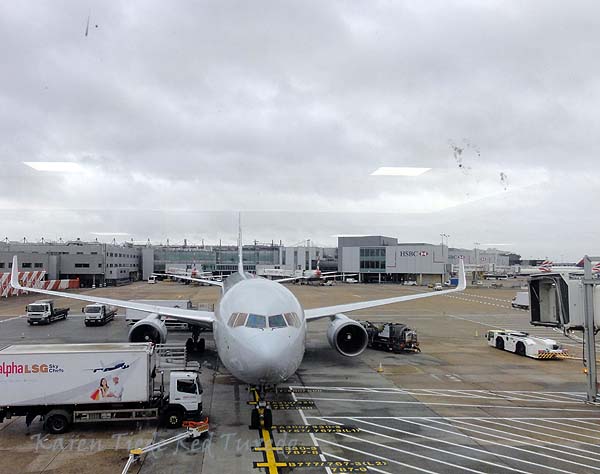
Clear vision on the ground, and socked in above.
There are days when getting up to 10,000 feet only helps a little, because the path is completely obscured at that level, only for different reasons. Back to “do something,” or “do the next thing,” if I can manage that much clarity.
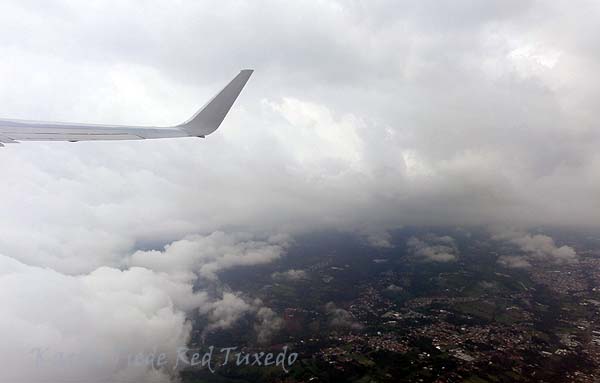
10,000 feet and visibility is even more limited, sometimes.
Sometimes, I can be at cruising altitude and know pretty much what track I’m on, but actual activity happens on the ground, and knowing the route at 30,000 feet tells me absolutely nothing at all about what to do next, today. 30,000′ views help me to distinguish between important and urgent and offer some general idea about what direction the “next right-ish thing” might want to take.

Cruising altitude, clear skies, and no information about ground level activity.
Sometimes, the 30,000′ view gives me some idea of what major challenges might be coming my way.
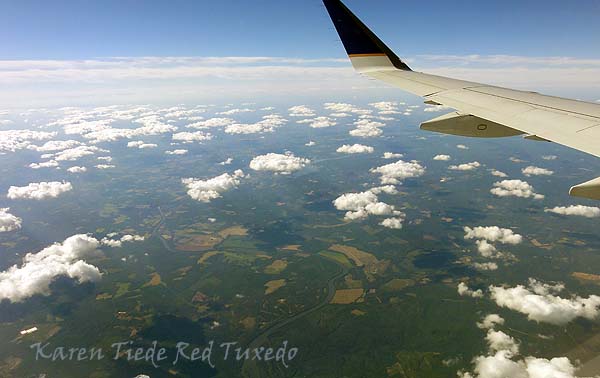
From here, you can see there is a river to cross.
I’m going to tie this to a separate post about calendar formats, and how I need to work with different views of the future to have a better idea of how to use the time and energy I have today.
Next right answer: if the view is obscured at my current level and I don’t know what to do, move up or down one and see what I can see from there.
For Pinterest:

Planning points of view.



Follow Us!